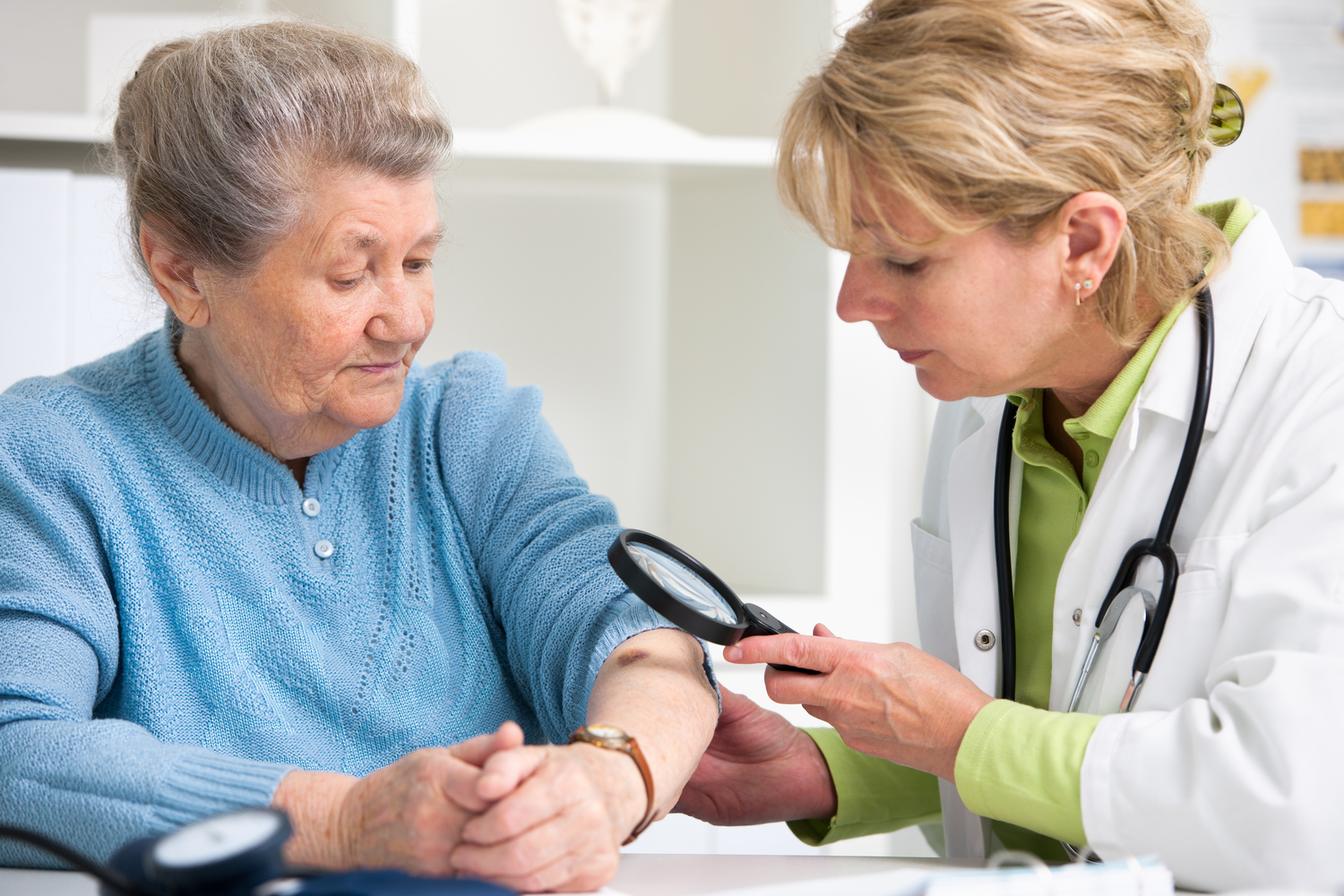
Symptoms of different types of skin cancer
Skin cancer primarily develops in areas that are highly exposed to the sun and for longer hours. However, it is not impossible for the condition to occur in areas that barely are exposed to sunlight. The symptoms of skin cancer could look like they’ve come from some kind of skin infection but if gone unnoticed, it can cause a lot of harm. Understanding the signs and detecting them at an early stage can be of great help.
The symptoms of the major types of skin cancers are as follows:
Basal cell carcinoma: These usually start off by appearing as sores that won’t heal. They have the appearance of either a pearly white or pink or skin-colored bump which is translucent and most commonly appear on the ears or the face. Small blood vessels can be visible through the bump. These lesions could also open, bleed out and scab over. A lesion of either black, blue or brown color with a raised appearance and a translucent border could be another symptom of this cancer. Lesions can also appear as white and waxy with a scar-like appearance and no clear border. Lesions that appear like that occur due to morpheaform basal cell carcinoma and are usually rare.
Melanoma: The lesions formed by this cancer develop on areas exposed to the sun often such as the arms, legs, face, and back. The soles of one’s feet, palms of the hand, and fingernail beds could also be the origin regions of these lesions. Melanoma usually starts off by developing in a mole. Thereby, a change in an existing mole should be considered as a symptom of this cancer. Any unusual growth on the skin which looks pigmented could also be a symptom of this type of skin cancer. Melanomas could also occur as acral-lentiginous melanoma, mucosal melanoma, and ocular melanoma, which occurs on under finger or toenails, on the mucous membrane lining various organs, and in the eyes, respectively. ABCDE is a technique used to understand how the moles of melanoma look:
- A – Antisymmetrical: Moles have irregular shapes, with two different looking halves.
- B – Border: Borders are irregular, scalloped, or notched around the moles.
- C – Color: Abnormal growths usually have different shades of colors that are unevenly distributed across the mole.
- D – Diameter: Moles formed as a symptom of this cancer are generally larger than one-fourth an inch or 6mm.
- E – Evolving: Moles grow in shape and size over time and symptoms such as bleeding and itchiness may develop.
Squamous cell carcinoma: Similar to the previous types, the most common areas of development are the sun-exposed areas. Symptoms of this type of cancer can appear as a flat sore with a scaly crust, a raised appearance over an ulcer or an old scar, a wart-like sore with a raised, red patch kind of appearance on or in the anus, and on the genitals, a rough red patch or sore inside the mouth, a firm red nodule, or scaly and red patch on the lip which could develop into an open sore eventually.
Finding the symptoms at the earliest stage can heal in controlling the spread of cancer and getting rid of it completely.



